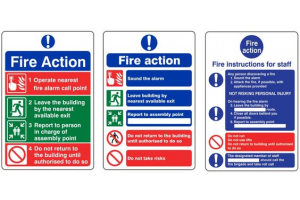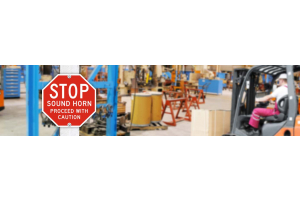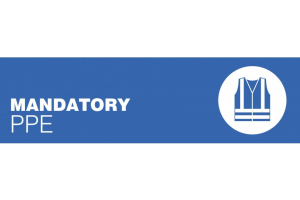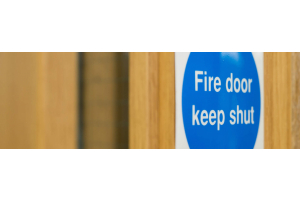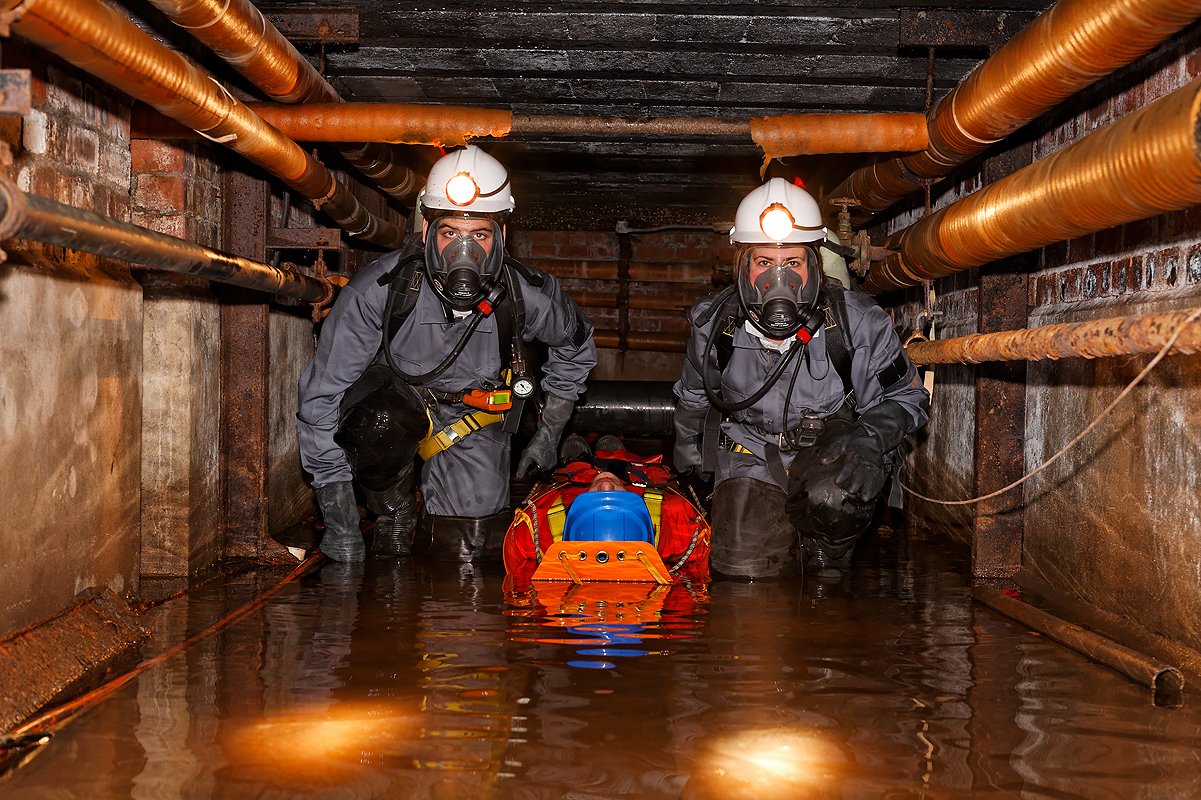
What is a confined space?
Not knowing the dangers of confined spaces has led to the deaths of many workers. Often those killed include not only those working in the confined space but also those who try to rescue them but who are not properly equipped to carry out the task safely. Inadequate planning and insufficient knowledge are a major cause of accidents in confined spaces. Accidents are caused by a combination of factors arising from a lack of safety awareness, inadequate supervision and a lack of training. It is therefore essential that work in such spaces is only undertaken by skilled and trained people. If work in a confined space cannot be avoided, it will often be safer to bring in a specialist for the job.
Under the Confined Spaces Regulations 1997,38 a ‘confined space’ can be either: a place which is substantially, though not always entirely, enclosed; or a place where there is a reasonably foreseeable risk of serious injury from hazardous substances or conditions within the space or nearby. Some confined spaces are easy to identify, such as closed tanks, vessels, ducts and sewers. Other are less obvious, such as basement rooms, toilets, building voids, vats, deep excavations and open-topped tanks. Of course a confined space may not necessarily be enclosed on all sides or may only become a confined space because of a change in the conditions inside.
Why is a confined space dangerous? Air in the confined space is made un-breathable either by harmful gases and fumes or by lack of oxygen. There is not enough natural ventilation to keep the air fit to breathe. In some cases the gases may be flammable, so there may also be a fire or explosion risk. Working space may be restricted, bringing workers into close contact with other hazards such as moving machinery, electricity or steam vents and pipes. The entrance to a confined space, eg a manhole, may make escape or rescue in an emergency more difficult. How does a confined space become dangerous? Some confined spaces are naturally dangerous, eg because of: gas build-up in sewers and in manholes and pits connected to them; gases leaking into trenches and pits in contaminated land such as old refuse tips and old gas works; rust inside tanks and vessels, which eats up the oxygen; liquids and slurries, which can suddenly fill the space or release gases into it when disturbed; chemical reaction between some soils and air causing oxygen depletion, or the action of ground water on chalk and limestone producing carbon dioxide.
Some places are made dangerous by vapours from the work done in them. Keep hazards out of confined spaces. Do not use petrol or diesel engines because exhaust gases are harmful. Paints, glues etc may give off hazardous vapours. Ensure the confined space has enough ventilation to make the air fit to breathe. Mechanical ventilation might be needed. There should be a safe system of work for operations inside confined spaces. Everyone should know and follow the system. A permit-to-work system may be required. For safe working, first try to find a way of doing the job without going into the confined space.
If entry is essential: identify what work must be done in the confined space and the hazards involved; consider if the space could be altered to make it permanently safe or if the work could be changed to make entry to the dangerous area unnecessary; make sure workers have been trained in the dangers and precautions, including rescue procedures; make sure the entrance to the space is big enough to allow workers wearing all the necessary equipment to climb in and out easily; before entry, ventilate the space as much as possible, test the air inside the space and only enter if the test shows it is safe; after entry, continue to ventilate the space and test the air for toxic substances, flammable gases and oxygen deficiency as necessary; if there is a flammable risk, the space must be ventilated until it is safe. When selecting equipment, remember heat or sparks from electrical or other equipment could ignite flammable vapours, so air-powered tools may be required. The risk from flammable vapours is very high when work is carried out on the tanks of petrol service stations and similar sites.
This is work which may be safer left to a specialist contractor; disturbing deposits and slurries in pipes and tanks may produce extra vapour, resulting in a greater risk, so clear deposits before entry where possible; if the air inside the space cannot be made fit to breathe because of a toxic risk or lack of oxygen, workers must wear breathing apparatus; never try to ‘sweeten’ the air in a confined space with oxygen as this can produce a fire and explosion risk; workers inside the confined space should wear rescue harnesses with lifelines attached, which run back to a point outside the confined space someone should be outside to keep watch and to communicate with anyone inside, raise the alarm in an emergency and take charge of rescue procedures if it becomes necessary. It is essential those outside the space know what to do in an emergency. They need to know how to use breathing apparatus if they are to effect a rescue.
